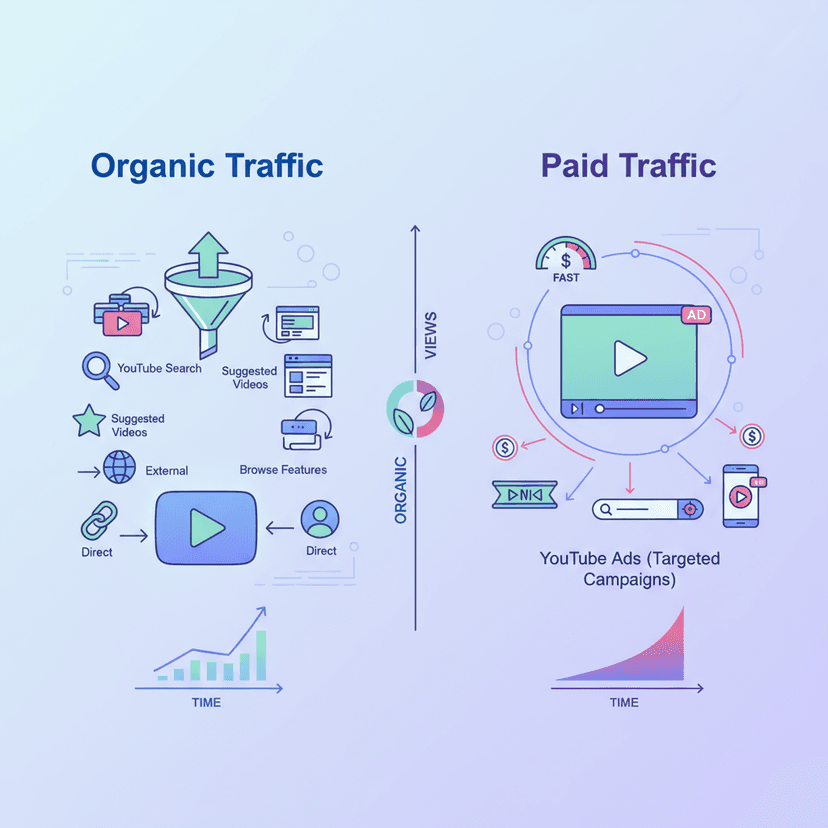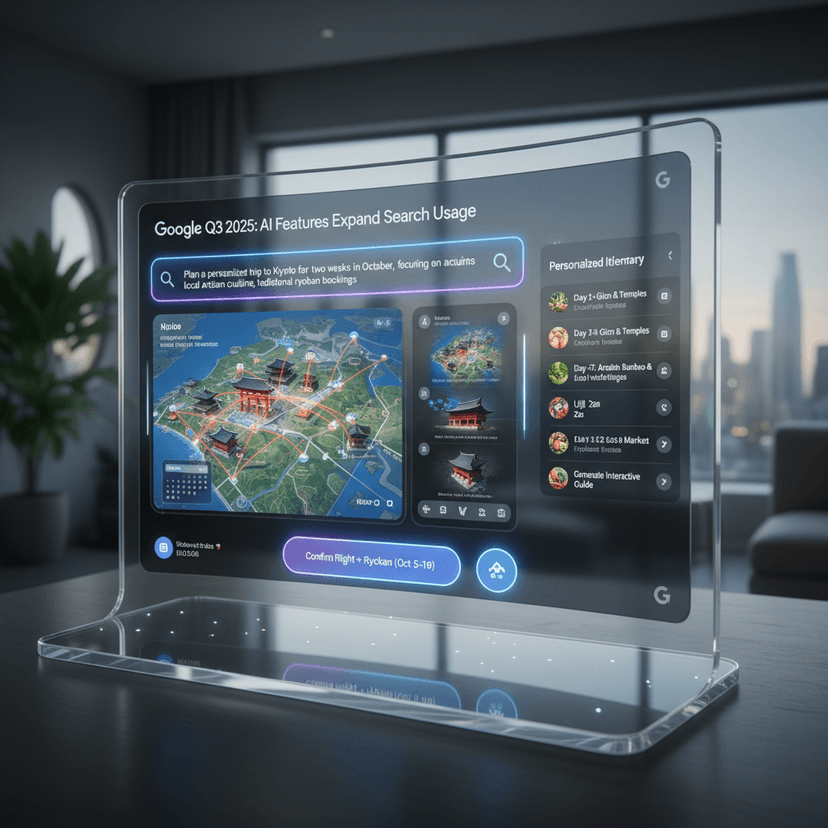A PPC report is an important tool for measuring and analyzing success, as well as providing an overview of Pay Per Click advertising campaigns. This type of advertising charges based on the number of ad clicks, and can be used as a guideline for future campaign strategies.
In this article, let’s take a look at how to create an effective PPC report and what components are necessary for the report.
Set Clear Goals for Your PPC Report
Before diving into how to do ppc reporting, we need to know how we want our campaigns to succeed. If there are clear goals, measuring PPC data will not be difficult. For example, PPC reporting goals might include:
Key Components That Should Be in a PPC Report
1. Timeframe
Besides goals, the frequency of PPC reporting is also important. You should set a definite timeframe and remember to specify it in the report so that readers can understand the context of the data better.
2. Campaign Objectives
Identifying the purpose of each campaign will help you understand the numbers in the report better. For example, a Display campaign aimed at creating awareness may be successful even with many impressions but few clicks, while a campaign aimed at generating sales or traffic may not be considered successful with the same numbers.
3. Conversions
Tracking Conversions is very important because every advertisement aims to have viewers do something after clicking or viewing the ad. It is considered the main indicator of the PPC report.
4. CPA
Cost per Acquisition helps you know if you are getting results that are worth the investment. Even if Conversions look good, if the cost is too high, it may negatively affect overall advertising.
5. ROAS
Return on Ad Spend looks at the overall picture of advertising costs compared to revenue received. It is popular in e-commerce businesses because it provides a broader view than CPA.
6. Advertising Goal Setting
Try separating campaigns by Ad Group or Ad Set to see which target audience you are trying to reach, both from keywords or audience targeting. This will let you know whether to continue using this target audience in the future.
7. CPC
If the PPC report shows that ROAS or CPA has problems, the first thing to consider is Cost Per Click. This information helps identify areas where the budget may be wasted.
8. Ad CTR
Ad Click-Through Rate data provides additional information. Generally, if CTR is low, it means people see the ad but don’t want to click, which may require improvements in several areas such as ad copy, target audience, or overall strategy.
9. General Traffic Metrics
Include information about overall Traffic, Bounce Rate, time spent on page, or other general analytics metrics that you think will be beneficial. This will help you or the reader decide whether the paid advertising performance is good compared to overall marketing efforts.
10. Explaining KPIs
This section can be included or omitted. Writing short explanations to define specific terms or tell the background of the data will help readers who do not work in this field understand better.
11. Attribution Models
This section is quite complex and may not always be necessary, but if you want a clearer picture of the Customer Journey, Attribution Models will generally help readers understand how each Conversion or action is counted and from where.
12. Monthly Comparison Data
Or weekly, quarterly, depending on how you choose to track results. The key point of including historical data like this is to have something to compare and see where there has been improvement or deterioration.
Techniques for Creating a Good PPC Report
Creating an effective PPC report should emphasize these factors:
1. Use Customizable Columns
Save time when reporting each time. Try setting up columns that you often use to display the information you need, so you don’t have to adjust them every time.
2. Tell a Story with Data
Don’t just show numbers, but explain what those numbers mean. Try adding short descriptions under graphs or tables, telling why the numbers went up or down, or what external factors were involved, such as changes in working hours.
3. Summarize Key Points
Point out what should be done next from the data. Try adding a recommendation section that tells what should be done next based on the results seen.
4. Report Consistently
It could be weekly, monthly, or quarterly, depending on your suitability.
- Weekly reports: Helps you quickly adjust campaigns
- Monthly reports: Helps track progress towards goals
- Quarterly reports: Helps with long-term planning
5. Compare with Industry Averages
Helps you know how your performance is compared to others in the same industry. Try finding benchmark data to compare. Such as Conversion Rate, Advertising performance on Facebook or Google Ads.
1. Precautions When Making PPC Reports – Focusing on the Wrong Metrics
Creating an effective PPC report must be careful not to focus only on one metric, such as CPA or Conversions, but should consider all important metrics that affect campaign performance. Choose a set of key metrics and adhere to them when reporting consistently. This will help you see the overall picture and true trends over time, allowing you to analyze and improve campaign performance.
2. Beware of Graphs That Create Misunderstandings
Sometimes graphs can make differences look bigger than they really are. Try experimenting with different ways of presenting data, such as instead of using a pie chart, try using a table, which may show that the difference isn’t as big as you thought.
3. Don’t Spend Too Much Time Making Reports
Making PPC reports is important, but shouldn’t take the whole week. Try finding ways to speed up the process or use automated tools to help.
PPC Reporting Tools
1. Reports from Direct Platforms
Google Ads, Facebook Ads, Microsoft Ads, Twitter, and LinkedIn all have built-in reporting systems. If you don’t know where to start, try looking at reports within the platforms you use first.
2. Google Data Studio (Looker Studio)
Combine data from multiple sources such as Google Ads, Google Analytics. Free to use and share reports with others.
3. Google Analytics
Analyze data in depth and customize it. Besides viewing ad performance, you can also view Organic Traffic and Social Media.
4. Tools from Other Companies
There are many tools to choose from, such as SEMRush, Agency Analytics, Reporting Ninja, and others. But before choosing to use one, ask yourself if the tool meets your goals and needs?
Conclusion
For an effective ppc reporting method, it starts with setting clear goals, whether it’s summarizing the overview for executives, proving ROI, or tracking campaign progress. Then, use good reporting techniques such as using customizable columns, telling stories with data, and reporting consistently. At the same time, you must also be wary of various pitfalls, such as focusing on only one metric or using graphs that may cause misunderstanding. And if you feel that doing the report yourself is difficult, you can use tools to help, such as Google Data Studio or Google Analytics. However, there is no perfect formula for PPC reporting, so you should experiment with various techniques and adapt them to suit your team and business.
About Relevant Audience
We are Relevant Audience, a Digital Performance Marketing Agency specializing in SEO and one of the Digital Agency offering comprehensive digital marketing services to support businesses in reaching their target audiences at the right time, place, and device.
Our services cover everything from SEO services, Search Marketing, Social Media Ads, Search Ads to Influencer Marketing, and we are also a SEO Company that is a Google Partner. Our team consists of specialists ready to provide advice and find solutions that meet business needs.
Contact us for more information, consult online marketing
Tel: 02-038-5055
Email: info@relevantaudience.com
Website: www.relevantaudience.com







